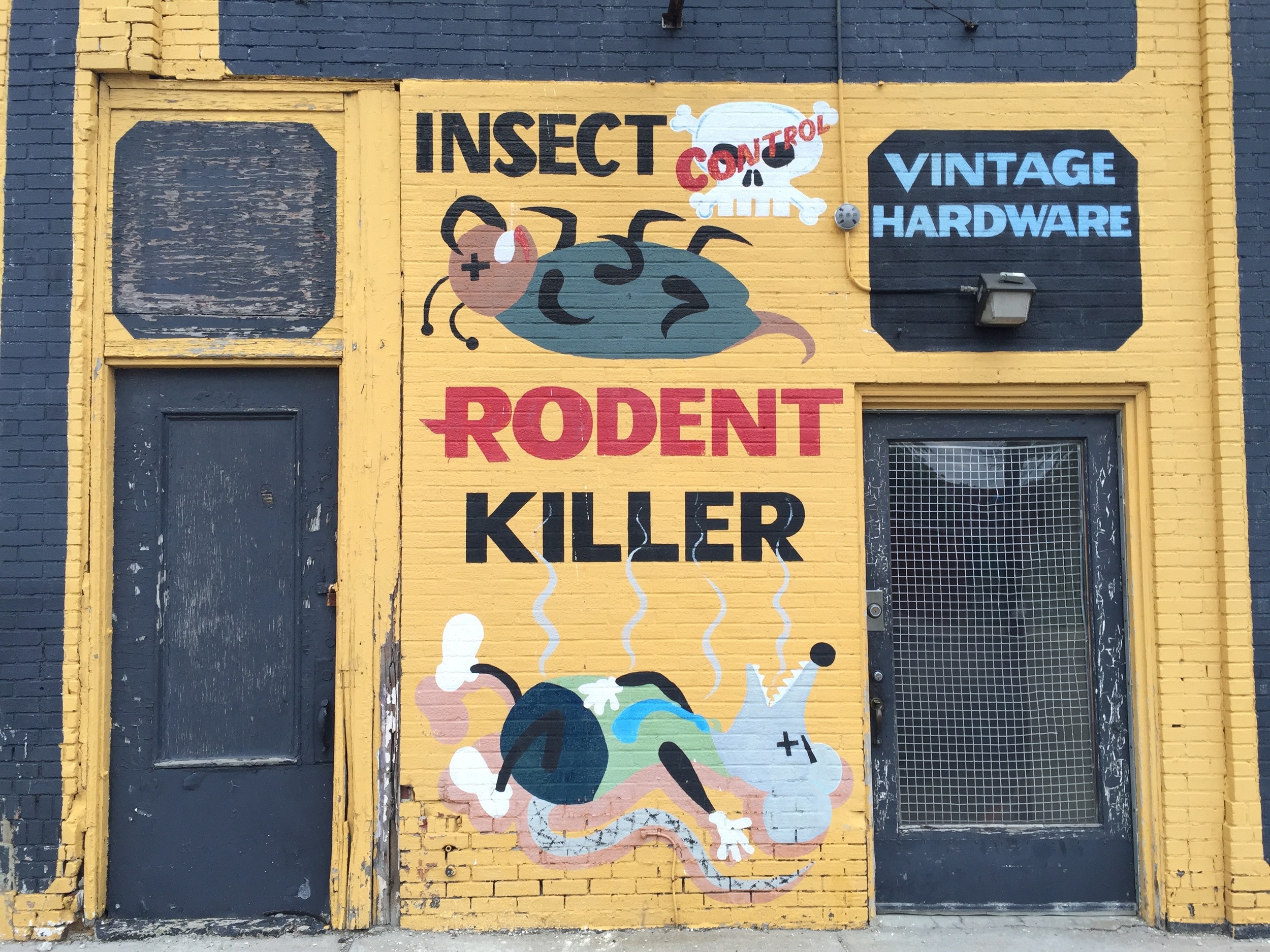Since the last recession, providing “infrastructure” has been synonymous with providing foundational facilities upon which communities can grow and prosper. Providing “infrastructure” is seen as inherently good. Similarly, food production is considered inherently positive too. After all, we want to feed the world’s population. However, we all know that there is such a thing as “junk food,” characterized by long shelf-lives, lots of calories, lots of salt, and low nutritional value. In so-called “food deserts,” populations don’t have access to nutritious food—only junk food—leading to negative health consequences.
Is there such a thing as “junk infrastructure”? Is there such a thing as infrastructure that damages cities, creates costs, and harms health? Sadly, there is. It’s known as “in-city highways.” Notice that I did not call them “urban highways.” Just because a highway is in a city, does not mean that it is urban. “Urban highway” is an oxymoron, like “jumbo shrimp” or “clean coal.” The pattern is clear: When highways are built in cities, the place gets worse; when highways are removed from cities, the place gets better.






































